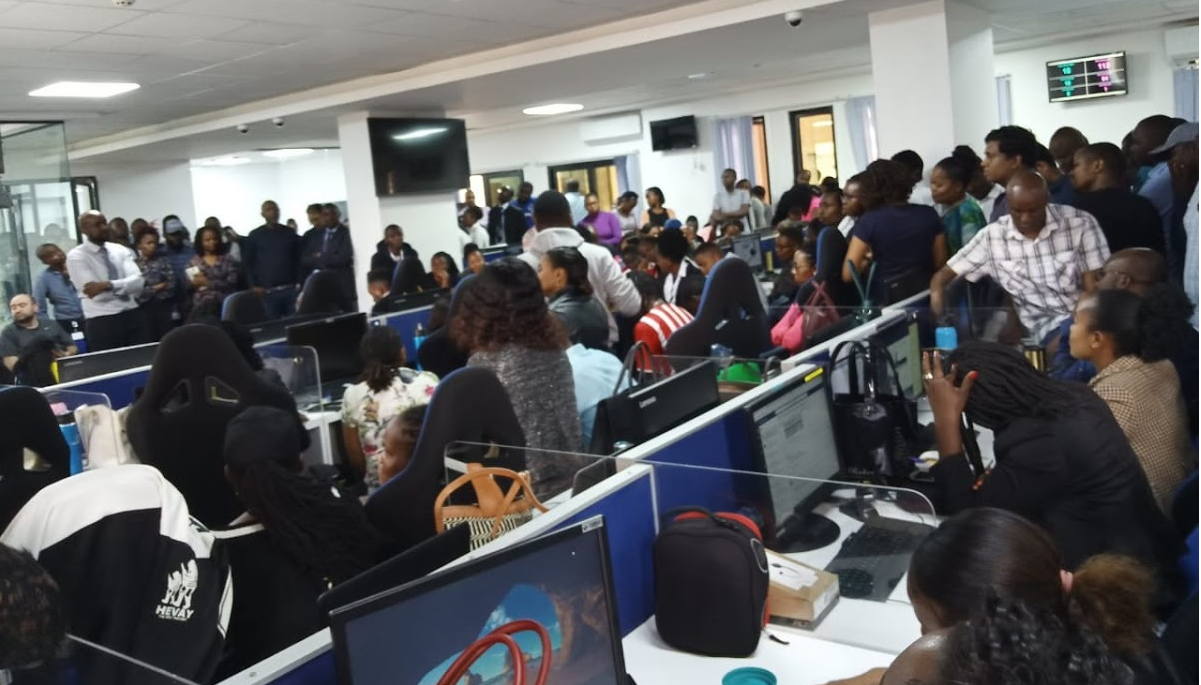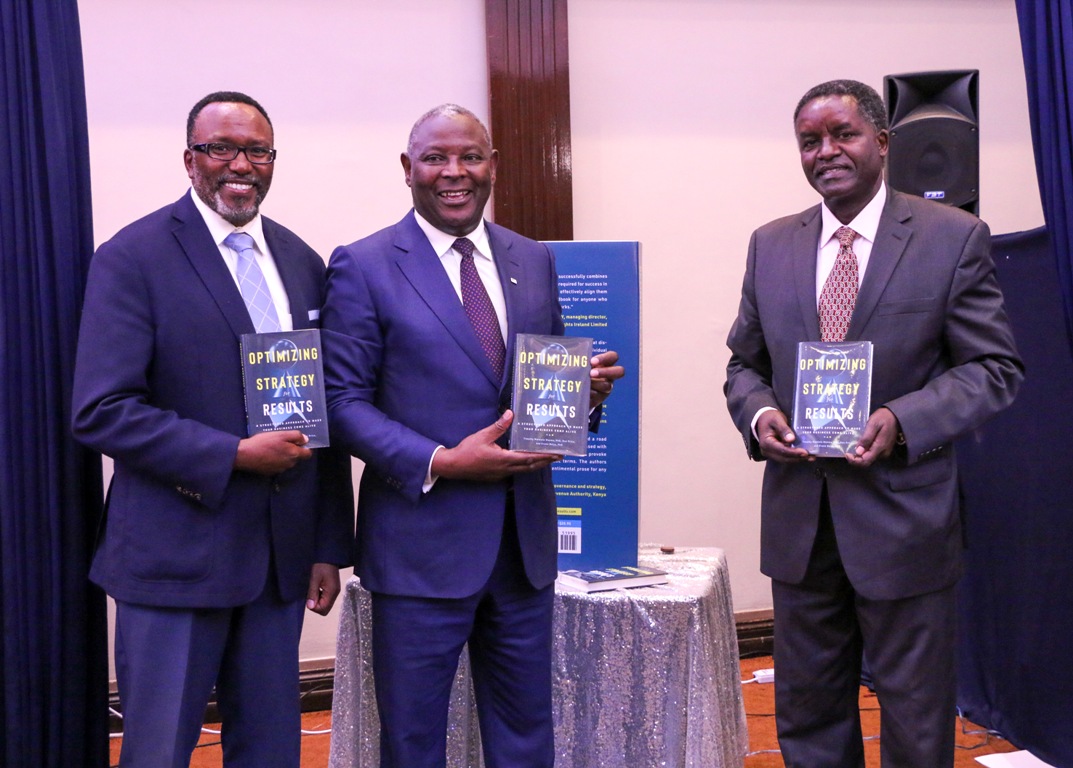One of the Key roles of organizational behaviour is the systematic knowledge about how people – as individuals and as groups – act within organizations. It strives to identify ways in which people can act more effectively.
It helps managers look at the behaviour of individuals within an organization. It also aids their understanding of the complexities involved in interpersonal relations, when two people (co-workers or a superior–subordinate pair) interact.
Further, organizational behaviour is valuable for examining the dynamics of relationships within small groups, both formal teams and informal groups. When two or more groups need to coordinate their efforts, such as engineering and sales, managers become interested in the intergroup relations that emerge.
Finally, organizations can also be viewed, and managed, as whole systems that have inter-organizational relationships (e.g., mergers and joint ventures).
People make up the internal social system of an organization. The system consists of individuals and groups, and large groups as well as small ones. There are unofficial, informal groups and more official, formal ones. Groups are dynamic. They form, change, and disband.
People are the living, thinking, feeling beings who work in an organization to achieve their objectives. We must remember that organizations should exist to serve people, rather than people existing to serve organizations. The human organization of today in the 21st Century within the context of the 4th Industrial Revolution (4IR) is not the same as it was yesterday, or the day before.
Melting Pot
In particular, the workforce has become a rich melting pot of diversity, which means that employees bring a wide array of educational backgrounds, talents, and perspectives to their jobs. Occasionally, this diversity presents challenges for management to resolve, as when some employees express themselves through alternative dress or jewelry, while others present unique challenges through their unique lifestyles and recreational interests.
Other employees have examined their values and are determined to put their personal goals ahead of total commitment to the organization. Managers need to be tuned in to these diverse patterns and trends, and be prepared to adapt to them.
Changes in Labour Force
Some of the changes in the labour force are as follows: There has been a decline in the work ethic and a rise in emphasis on leisure, self-expression, fulfillment, and personal growth. The automatic acceptance of authority by employees has decreased, while desires for participation, autonomy, and control have increased. At the same time, several major factors are affecting the workforce.
Skills become obsolete as a result of technological advances, and manual workers must either be retrained for knowledge-oriented jobs or be displaced. Security needs become foremost in the minds of millions of workers (and loyalty diminishes) because of the threat or the reality of downsizings and outsourcing. And even in eras of controlled inflation, the absence of meaningful salary growth for many employees has placed renewed emphasis on money as a motivator.
Leadership Ability
Indeed, a new labour force has emerged, and management’s leadership practices must change to match the new conditions. These fast-moving developments have given new emphasis to leadership ability. Some companies are discovering that demonstrating a sense of caring, really listening to employees, and being concerned with both competence and relationships are among the keys to motivating the present workforce.
Diverse Workforce
Other companies are urging their managers to respond to a diverse workforce by building pride without de-valuing others, empowering some without exploiting others, and demonstrating openness, confidence, authentic compassion, and vulnerability.
Six basic concepts exist in regard to people: individual differences, perception, a whole person, motivated behaviour, desire for involvement, and the value of the person.
Individual Differences
People have much in common (they become excited by an achievement; they are grieved by the loss of a loved one), but each person in the world is also individually unique. The idea of individual differences is supported by science. Each person is different from all others, just as each person’s DNA profile is different. And these differences are usually substantial rather than meaningless.
Think, for example, of a person’s billion brain cells and the billions of possible combinations of connections and bits of experience stored there. All people are different, and this diversity should be recognized and viewed as a valuable asset to organizations. The idea of individual differences comes originally from psychology. From the day of birth, each person is unique (the impact of nature), and individual experiences after birth tend to make people even more different (the influence of nurture).
SEE ALSO >> There’s Business Power in Politics. It Just Depends on How You Tap it
Individual differences mean that management can motivate employees best by treating them differently. If it were not for individual differences, some standard across-the-board way of dealing with employees could be adopted, and minimum judgment would be required thereafter. Individual differences require that a manager’s approach to employees be individual, not statistical. This belief that each person is different from all others is typically called the law of individual differences.
Perception
People look at the world and see things differently. Even when presented with the same object, two people may view it in two different ways. Their view of their objective environment is filtered by perception, which is the unique way in which each person sees, organizes, and interprets things. People use an organized framework that they have built out of a lifetime of experiences and accumulated values.
Having unique views is another way in which people act like human beings rather than rational machines. Employees see their work worlds differently for a variety of reasons. They may differ in their personalities, needs, demographic factors, and past experiences, or they may find themselves in different physical settings, time periods, or social surroundings.
Different human traits may be studied separately, but in the final analysis they are all part of one system.
Whatever the reasons, they tend to act on the basis of their perceptions. Essentially, each person seems to be saying, “I react not to an objective world, but to a world judged in terms of my own beliefs, values, and expectations.” This way of reacting reflects the process of selective perception, in which people tend to pay attention to those features of their work environment that are consistent with or reinforce their own expectations.
Selective perceptions can not only cause misinterpretations of single events at work but also lead to future rigidity in the search for new experiences. Managers must learn to expect perceptual differences among their employees, accept people as emotional beings, and manage them in individual ways.
A Whole Person
Although some organizations may wish they could employ only a person’s skill or brain, they actually employ a whole person rather than certain characteristics. Different human traits may be studied separately, but in the final analysis they are all part of one system making up a whole person. Skill does not exist apart from background or knowledge.
Home life is not totally separable from work life, and emotional conditions are not separate from physical conditions. People function as total human beings. For example, a supervisor wanted to hire a new telemarketer named Anyango Nyaralego. She was talented, experienced, and willing to work the second shift.
However, when Anyango was offered the job, she responded by saying that she would need to start a half-hour late on Wednesdays because her child care service was not available until then. Also, since she had a minor handicap, her workstation required a substantial adjustment in height. So her supervisor had to consider her needs as a whole person, not just as a worker.
READ >> Secrets of Making Strategic Decisions Only Few Managers Know
When management applies the principles of organizational behaviour, it is trying to develop a better employee, but it also wants to develop a better person in terms of growth and fulfillment. Jobs shape people somewhat as they perform them, so management must care about the job’s effect on the whole person.
Employees belong to many organizations like Estate Associations, Co-operatives, Table Banking,other than their employer, and they play many roles inside and outside the firm. If the whole person can be improved, then benefits will extend beyond the firm into the larger society in which each employee lives.
Motivated Behaviour
From psychology, we learn that normal behavior has certain causes. These may relate to a person’s needs or the consequences that result from acts. In the case of needs, people are motivated not by what we think they ought to have but by what they themselves want. To an outside observer, a person’s needs may be unrealistic, but they are still controlling.
This fact leaves management with two basic ways to motivate people. It can show them how certain actions will increase their need fulfillment, or it can threaten decreased need fulfillment if they follow an undesirable course of action. Clearly, a path toward increased need fulfillment is the better approach, and this illustrates that motivation is essential to the operation of organizations.
Desire for Involvement
Many employees today are actively seeking opportunities at work to become involved in relevant decisions, thereby contributing their talents and ideas to the organization’s success. They hunger for the chance to share what they know and to learn from the experience. Consequently, organizations need to provide opportunities for meaningful involvement. This can be achieved through employee empowerment—a practice that will result in mutual benefit for both parties).
Value of the Person
People deserve to be treated differently from other factors of production (land, capital, technology) because they are of a higher order in the universe. Because of this distinction, they want to be treated with caring, respect, and dignity—and they increasingly demand such treatment from their employers.
They refuse to accept the old idea that they are simply economic tools or a “pair of hands.” They want to be valued for their skills and abilities, be provided with opportunities to develop themselves, and be given reasonable chances to make meaningful contributions—now.
The Nature of Organizations
The three key concepts of organizations are that they are social systems, they are formed on the basis of mutual interest, and they must treat employees ethically.
Social Systems: From sociology, we learn that organizations are social systems; consequently, activities therein are governed by social laws as well as psychological laws. Just as people have psychological needs, they also have social roles and status.
Their behavior is influenced by their group as well as by their individual drives. In fact, two types of social systems exist side by side in organizations. One is the formal (official) social system, and the other is the informal social system.
The existence of a social system implies that the organizational environment is one of dynamic change rather than a static set of relations as pictured on an organization chart. All parts of the system are interdependent, and each part is subject to influence by any other part. Everything is related to everything else.
The effects of the broader social system can be seen in the experience of a supervisor,Mr.MzeeTamaa. Mr.Mzee disciplined an employee for a safety violation. The action was within the rules and considered routine by Mzee.
It helps make organizational behavior problems understandable and manageable.
However, the local trade union already was upset because of what it considered to be unfair discipline for safety violations in another branch of the company. It wanted to show sympathy for its fellow members in the other branch, and it also wanted to show management that it would not accept similar treatment in this branch.
In addition, the union president, Ochieng Swalleh, was running for re-election, and he wanted to show members that he was protecting their interests. The union encouraged the employee to file a grievance about Mzee’s action, and the simple disciplinary matter became a complex labor relations problem that consumed the time of many people before it was resolved. The idea of a social system provides a framework for analyzing organizational behavior issues. It helps make organizational behavior problems understandable and manageable.
Mutual Interest: Organizations need people, and people need organizations. Organizations have a human purpose. They are formed and maintained on the basis of some mutuality of interest among their participants. Managers need employees to help them reach organizational objectives; people need organizations to help them reach individual objectives. If mutuality is lacking, trying to assemble a group and develop cooperation makes no sense, because there is no common base on which to build.
Development of People: The human resources approach is developmental. It is concerned with the growth and development of people toward higher levels of competency, creativity, and fulfillment because people are the central resource in any organization and any society. The nature of the human resources approach can be understood by comparing it with the traditional management approach of the early 1900s.
In the traditional approach, managers decided what should be done and then closely controlled employees to ensure task performance. Management was directive and controlling. The human resources approach, on the other hand, is supportive. It helps employees become better, more responsible people, and then it tries to create a climate in which they may contribute to the limits of their improved abilities.
It assumes that expanded capabilities and opportunities for people will lead directly to improvements in operating effectiveness. Work satisfaction also will be a direct result when employees make fuller use of their abilities.
SEE ALSO >> When CEOs Act for Too Long, There’s a Big Problem Somewhere
Essentially, the human resources approach means that better people achieve better results. It is somewhat illustrated by the Kenyan lakeside people’s proverb that states: Give a person a fish, and you feed that person for a day; teach a person to fish, and you feed that person for life.
Another name for the human resources approach is the supportive approach because the manager’s primary role changes from control of employees to active support of their growth and performance.
Employee Growth and Development: Human resources employee growth and development are encouraged and supported. Contingency Different managerial behaviors are required by different environments for effectiveness. Results-oriented Outcomes of organizational behavior programs are assessed in terms of their efficiency.
Traditional management searched for principles to provide “one best way” of managing. There was a correct way to organize, to delegate, and to divide work. The correct way applied regardless of the type of organization or situation involved. Management principles were considered to be universal. As the field of organizational behavior developed, many of its followers initially supported the concept of universality. Behavioral ideas were supposed to apply in any type of situation.
One example was the belief that employee-oriented leadership should consistently be better than task-oriented leadership, whatever the circumstances. An occasional exception might be admitted, but in general early ideas were applied in a universal manner. The more accepted view in the twenty-first century is that few across-the-board concepts apply in all instances.













Leave a comment